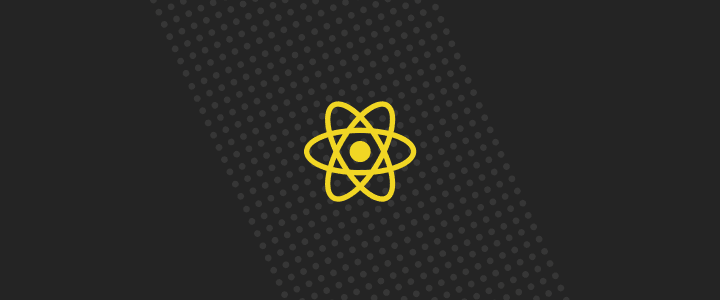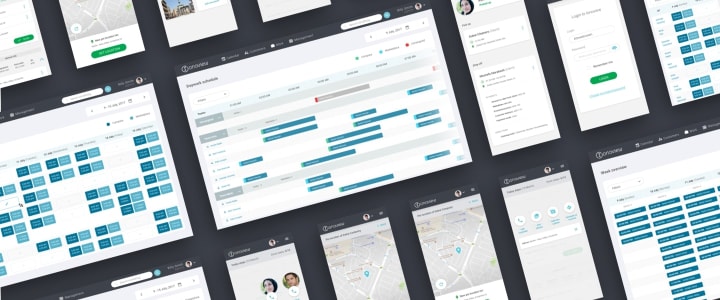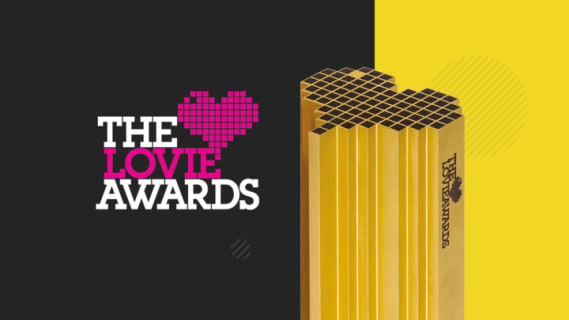What is a Tech Stack? All you need to know
Ever wondered what a tech stack is or what the latest stack technology means for product design and development? Choosing the right technology and methods will determine if your digital product is safe, scalable and easy to develop. In this article, we’ll answer the question “What’s a tech stack?” and tell you about the tech stack we use at Boldare.

Table of contents
What does ‘Tech Stack’ mean?
A tech stack is the combination of technologies a company uses to build and run a variety of digital products. Sometimes, tech stacks are referred to as “solutions stacks”, where the actual “stack” technology itself contains a database, frameworks, programming languages, front, and back-end tools, as well as applications – all connected via powerful APIs.
“What is your Tech Stack?” - Tech Stack components explained
When talking about tech stack components, it pays to understand the two basic elements involved: the front end and the back end. We’ll now explain what technologies they include.
What technologies are used in the front end?
The front end is what we refer to as the “client-side technology”. It’s what users will see when they interact with your digital product. Front-end developers focus on how users will interact with virtual buttons and graphics and how some of the other elements will behave every time a user interacts with them. Front-end tech stacks include:
- HTML – HyperText Markup Language is what front-end developers use for structuring and placing content. It’s like a framework guiding them as to where everything must go.
- CSS – Cascading Style Sheets determine how the content will be displayed to users and control the various fonts, colors, layout, etc. You might think of it as a paintbrush telling developers what the final ‘portrait’ will look like.
- JavaScript – A programming language responsible for all the interactive elements that further enhance how a website or app functions. In a way JavaScript is a sub-component of the front end that acts as a leader for all the others, telling them what to do.
What makes up the back end?
The back end is what we call “server-side technology”, and it supports the inner workings of your website or app. If the front end can be visualized as someone’s face and clothes, the back end would be the skeleton, muscles, and organs. The back end is often referred to as the ‘behind the scenes’ pieces that make all the visible sections or structures of an app behave the way they do. It consists of:
Programming languages – This typically includes Python, PHP, or JavaScript code for the developer to build the application from the ground up.
Framework – This may be Symfony, Spring or Nest.js as they are among the most popular ones. The framework may be seen as a set of components, rules, and frames which exist solely to speed up the entire development process.
Database – This is where your app’s data resides. Your back end interacts with it to store, retrieve or modify the data.
Server – The server is a computer program or a physical piece of equipment that stores, processes, and delivers completed (coded) content to users of a digital product. It serves web requests and is necessary for load balancing, caching, proxying etc. Popular server software includes IIS, Nginx, and Apache.
What is our digital tech stack at Boldare?
At Boldare, the selection of technology depends on the product’s phase of product development, which are: prototype, MVP, and product scaling. For example, the framework for our prototypes is Next.js. But, for MVPs we use AWS SAM, Netlify CMS or Strapi (as CMSs), and Expo (for mobile applications).
If a tool or a language is listed as part of one phase (for example MVP) it means that it’s the earliest phase that we use it for. For example, a tool used in the MVP phase can also be used for scaling. The same principles and distinctions apply to tech stacks for our tools, platforms, and services.
How to choose the right tech stack for your next digital product
Having the technology stack explained, we will discuss what to pay attention to when choosing the right one for a future digital product.
Product size
The product’s size or scope will have a major impact on the kind of tech stack you end up choosing. With that in mind, most small products can be completed with relatively simple tech stacks but larger ones will require complex tech stacks and more specialized technologies.
In fact, multiple technologies might need to be sought for different pieces, along with a core framework that can easily handle a heavy load. Angular, React, Vue, and Svelte can get the job done nicely.
Product cost
Tech stacks come with varying costs and your expenses will depend on:
- Hosting and maintenance costs
- Technology licensing fees
- Developer salaries
Your underlying budget will often be the single most important element in determining which tech stack you should go with.
The more advanced and sophisticated a tech stack, the more expensive it will be; plus, it will also be more expensive to maintain as you need someone with specialized skills to use it.
If you want to minimize costs, you can go with open-source technologies, like Heroku.
Time to market
The amount of time you can afford before launching your product can also impact your choice of tech stack. If the main goal is to reduce development time, then you should choose tech stacks that work on the basis of reusable code snippets, for example: MEAN.
Scalability
This includes vertical and horizontal scalability:
Vertical – How easy and straightforward it is to add new features through a particular tech stack.
Horizontal – How scalable a tech stack is when we talk about accommodating user growth.
Remember, any tech stack you choose should be able to meet your vertical and horizontal scalability needs. MongoDB offers a host of scaling options, so it’s a good place to start.
Maintenance and security
Around-the-clock maintenance is an essential part of any digital product. As a general rule of thumb: apps can be maintained easily when you build them on tech stacks which let you reuse code and scale with a high level of ease and efficiency. For example, both AWS and MongoDB Atlas will help you keep maintenance costs down.
Naturally, some apps demand a higher, more robust level of security. If you’re building a piece of software that deals with medical history or personal financial information, security will be a much higher priority than for a “fun” mobile game.
Most digital products will require a high level of security, so it’s good to go with secure tech stacks like Ruby on Rails, AWS, Django, Oracle and HTML – depending on which component requires the most security (frontend UI, database, web app frameworks, infrastructure, mobile apps, etc.).
Summing it up
Choosing the right tech stack comes down to understanding what kind of digital product you are building. Taking your time to identify the best options can save your product from delays, additional costs, and bugs.
If you feel like you could use help with choosing the right tech stack, you can always get in touch with us for advice on your digital product.
Share this article:










